The Kingdom of Cambodia, formerly Kampuchea, is a Southeast Asian nation that borders Thailand, Laos, Vietnam, and the Gulf of Thailand. The capital city is Phnom Penh, which is located in the central heartland of Cambodia.
Located in the southwest of the Indochinese peninsula, Cambodia occupies a total area of 181,035 square kilometers and borders Thailand to the west and northwest, Laos to the northeast, Vietnam to the east, and the Gulf of Thailand to the southwest.
Cambodia’s terrain consists mainly of low plains, with mountains to the southwest and north. Two dominant physical features of Cambodia are the Mekong River, which runs from north to south of the country, and the Tonlé Sap Lake. Natural resources include oil and gas, timber, gemstones, iron ore, manganese, phosphates, hydropower potential. (MFAIC)
Theravada Buddhism is the prevailing official religion in Cambodia and approximately ninety percent of the population is Buddhist. Islam, Hinduism, and Christianity are also practiced in Cambodia.
Since Buddha statues and images represent the revered Buddha, visitors are asked to treat all such statues and images with respect, so as not to offend local people.
In Cambodia, regardless of religion, the country maintains a harmonized state. (MFAIC)
The flag of Cambodia symbolizes the country’s slogan: Nation, Religion, King. The two large blue stripes represent royalty and the center red stripe represents the nation. The image of the white temple stands for the nation’s religion. (MFAIC)
The romduol, a small yellowish-white flower, is the national flower of the Kingdom of Cambodia. Since ancient times, Cambodian women have often been compared to the Romduol flower because of its attractive fragrance; a unique scent that is prominent in the late afternoon and can travel over long distances with the wind. With its sturdy stems that measure up to 30cm, the Romduol plant can grow to a height of 12 meters. These plants are being planted to enhance public parks. (MFAIC)
There are many classical dance forms in Cambodia, of which a highly stylized art form was once confined mainly to the courts of the royal palace and performed mainly by females. Known formally in Khmer as Robam Apsara, the dancers of this classical form are often referred to as Apsara dancers. This dance form was first introduced to foreign countries and best known during the 1960s as the Khmer Royal Ballet.
The first royal ballerina was Princess Norodom Bopha Devi, a daughter of King Norodom Sihanouk. The Apsara Dance is particularly inspired by the style from around more than a thousand Apsara carvings in the Angkor temple complex. As evidenced in part by these Apsaras (celestial dancers), dance has been part of Khmer culture for more than a millennium. A visit to Cambodia is only complete when one has attended at least one such traditional dance performance. (MFAIC)
There are many classical dance forms in Cambodia, of which a highly stylized art form was once confined mainly to the courts of the royal palace and performed mainly by females. Known formally in Khmer as Robam Apsara, the dancers of this classical form are often referred to as Apsara dancers. This dance form was first introduced to foreign countries and best known during the 1960s as the Khmer Royal Ballet.
The first royal ballerina was Princess Norodom Bopha Devi, a daughter of King Norodom Sihanouk. The Apsara Dance is particularly inspired by the style from around more than a thousand Apsara carvings in the Angkor temple complex. As evidenced in part by these Apsaras (celestial dancers), dance has been part of Khmer culture for more than a millennium. A visit to Cambodia is only complete when one has attended at least one such traditional dance performance. (MFAIC)
Baok Chambab is Khmer wrestling; a sport in which two opponents try to pin (hold) each other’s back to the ground. A match consists of three rounds. Wrestlers perform pre-match ritual dancing. A wrestler wins a match by two out of three rounds. However, after each round, the loser is asked if he still wishes to continue with the match.
A Baok Chambab match is traditionally accompanied by drum beats; two drums known as Skor Nhy and Chhmol, (female drum and male drum). Traditional matches are held at the Cambodian National Olympic Stadium during the Khmer New Year and other Cambodian holidays. (MFAIC)
Pradal Serey is traditional Khmer kick boxing. A match consists of five rounds and takes place in a boxing ring. There is a one or two-minute break in between each round. Before a match, boxers perform the praying rituals known as the Kun Krou. Traditional Cambodian music is played during a match. The instruments used are the Skor Yaul (a drum), the Sralai (a flute-like instrument), and the stringed Chhing.
Boxers are required to wear leather gloves and shorts. Victory is instantaneously granted when a boxer delivers a knockout which is determined when the knocked-down boxer is unable to continue the fight after a 10-second count by the referee. Victory is also determined at the end of the match when judges decide by a point system which fighter was more effective. If the fighters end up with the same score, a draw is called. (MFAIC)
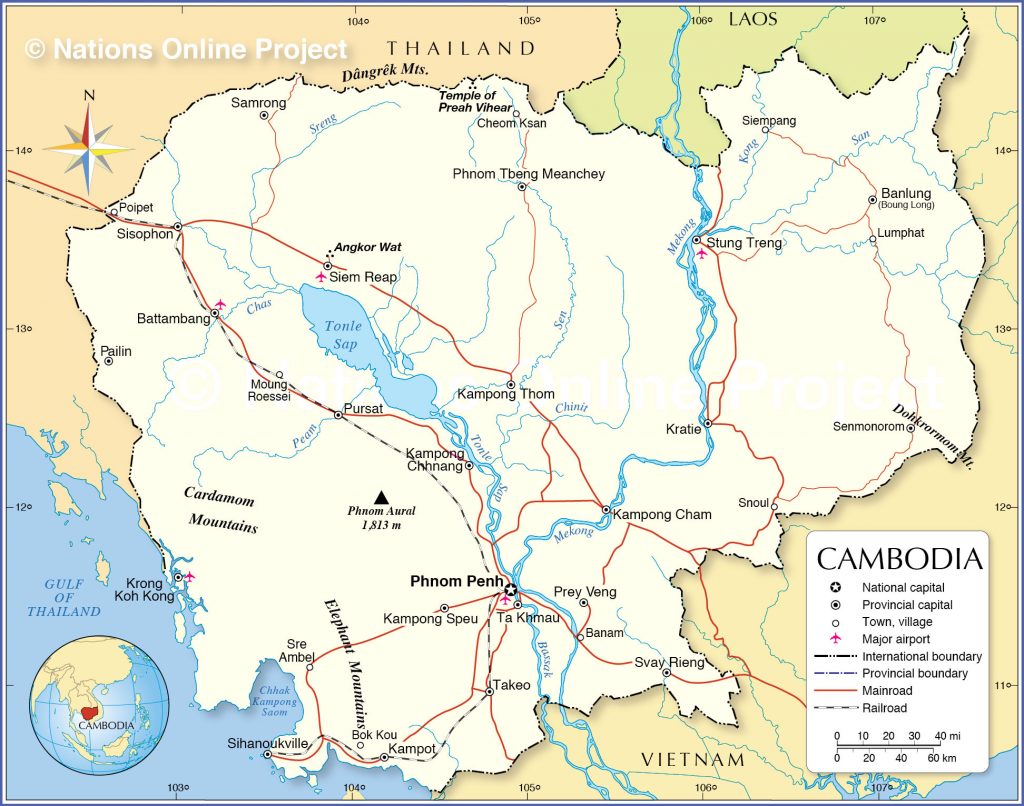
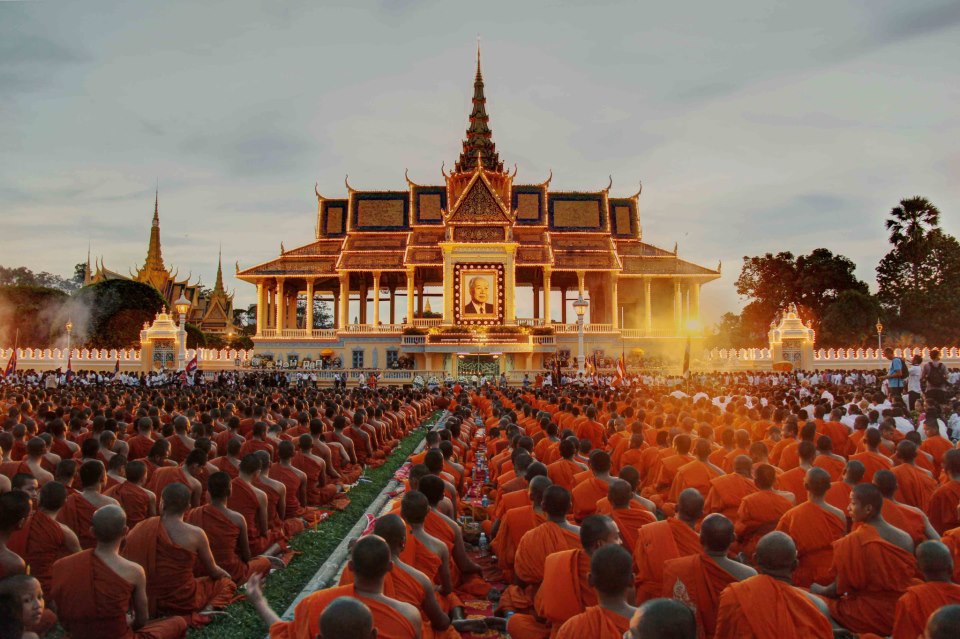

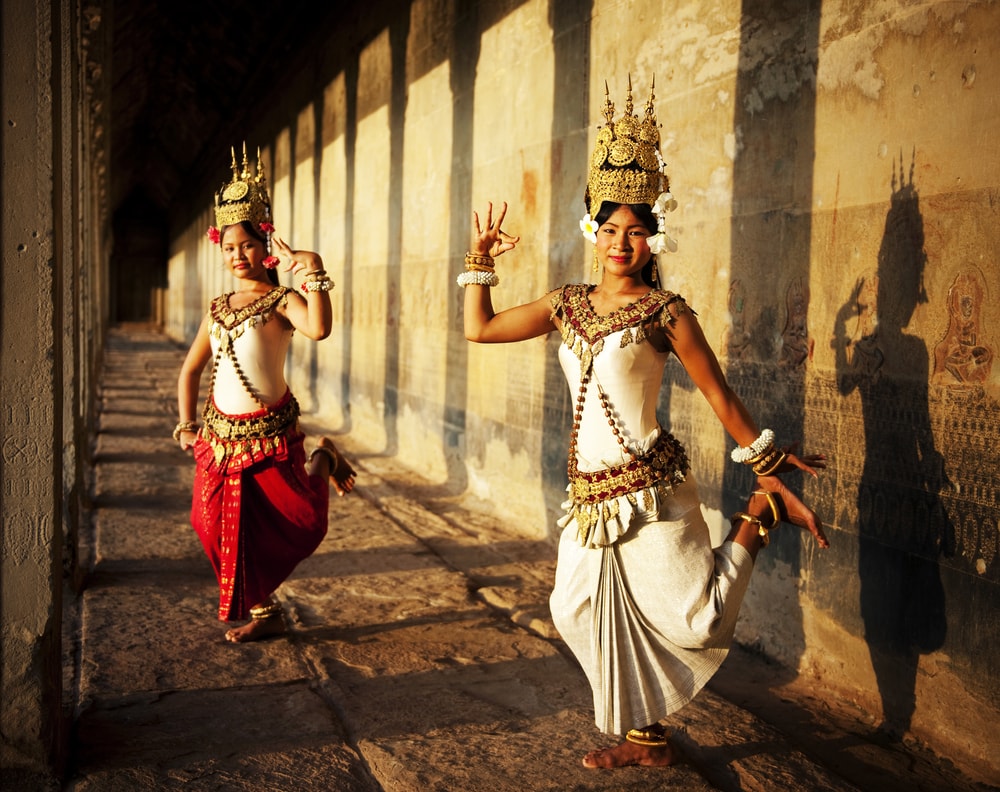
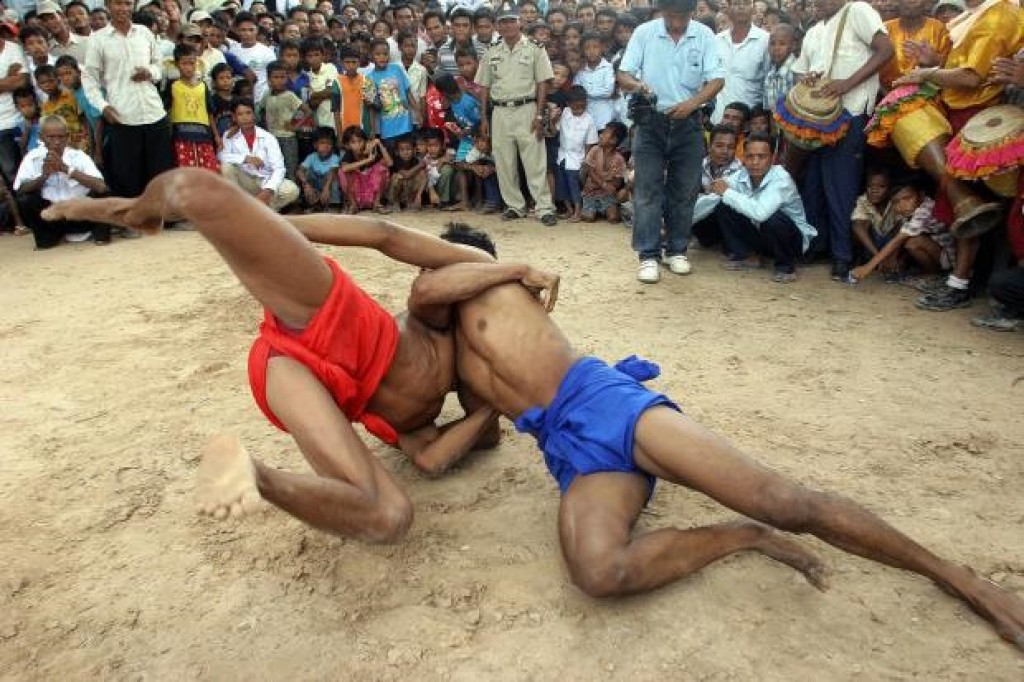
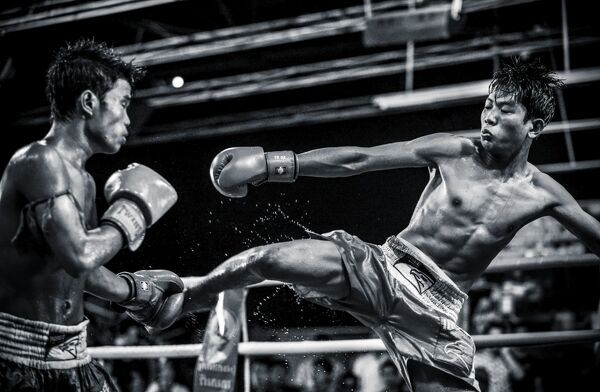
Please Contact Us!
#3, St. 390, Sangkat Boeung Keng Kang 3,
Khan Boeung Keng Kang
Phnom Penh, Cambodia 120104
Subscribe to the free newsletter and stay up to date
© Copyright 2021, RAVY ANGKOR TOURS CO., LTD All rights reserved.
Ravy Angkor Tours Cambodia is a leading tour operator and destination management company (DMC) with over 20 years of experience in the tourism and hospitality industry in Cambodia.
#3, St. 390, Sangkat Boeung Keng Kang 3,
Khan Boeung Keng Kang
Phnom Penh, Cambodia 120104
+855 12 678 190/ 98 678 190